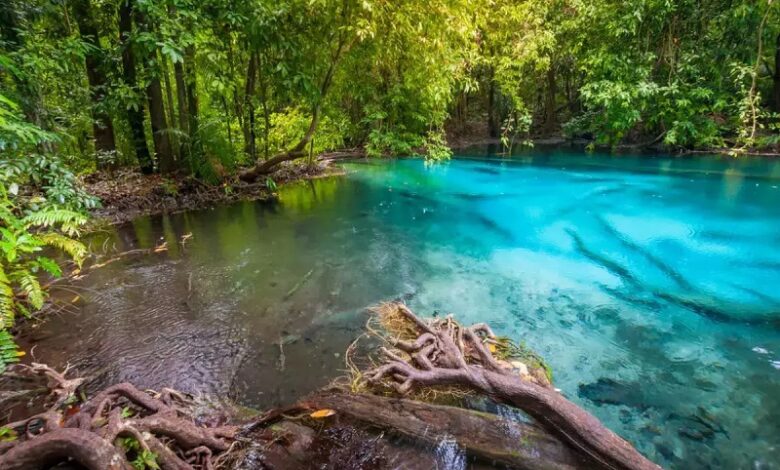Japanese Tourist Town’s Innovative Solution Managing Tourist Overcrowding

In a significant development, Pling Island in Southern Thailand found itself closed to visitors on Thursday due to the distressing revelation of extensive coral bleaching, as announced by the national parks office. Despite the island’s peak tourist season, the closure, effective since May 9, seeks to allow the natural environment ample time to recover from the damaging effects of coral bleaching.
Coral bleaching, a phenomenon triggered by factors such as elevated ocean temperatures and heightened ultraviolet radiation, was identified as the primary cause behind the alarming state of the island’s coral reefs. While corals possess the capacity to recuperate from bleaching over time, the process necessitates a reduction in temperatures and a return to normal oceanic conditions.
The decision to close Pling Island follows a scorching heatwave that engulfed Thailand and Asia in recent weeks, leading to increased temperatures. The Department of National Parks, Wildlife, and Plant Conservation (DNP) declared the temporary closure to safeguard Pling Island and the coral reefs surrounding Sirinart National Park in Phuket from further damage caused by rising seawater temperatures.
In addition to the closure of Pling Island, the DNP is actively monitoring other national parks across Thailand, including Koh Chang, Koh Samet, Chumphon, Koh Surin, Phang Nga Bay, the Phi Phi islands, and Lanta, in response to the heightened threat of coral bleaching.
These measures align with a recent warning issued by the US National Oceanic and Atmospheric Administration (NOAA), which highlighted the world’s second major coral bleaching event in a decade. The situation underscores the urgent need for concerted efforts to address the adverse impacts of climate change on marine ecosystems.
While the closure of Pling Island may inconvenience tourists, periodic park closures are not uncommon in Thailand, a nation renowned for its pristine and scenic beaches. In 2018, Maya Bay underwent a closure lasting over four months to facilitate the recovery of its coral and marine life, demonstrating the government’s commitment to environmental conservation.
Pling Island, nestled in the southern region of Thailand, stands as a hidden gem awaiting discovery by travelers seeking refuge in its natural splendor. Endowed with pristine beaches, crystal-clear waters, and verdant greenery, the island offers a tranquil escape from urban life’s hustle and bustle.
Renowned for its vibrant coral reefs teeming with marine biodiversity, Pling Island beckons snorkelers and divers to explore its underwater wonders. Whether basking on its soft sands, engaging in water sports, or admiring the breathtaking vistas, visitors are treated to an unforgettable tropical paradise experience.
The island’s serene ambiance and unspoiled beauty make it a haven for nature enthusiasts and adventure seekers alike. Whether strolling along the coastline or immersing oneself in the vibrant marine ecosystem, Pling Island promises a rejuvenating retreat amidst nature’s embrace.
As Pling Island temporarily closes its shores to visitors, it serves as a poignant reminder of the fragile state of our planet’s ecosystems. By preserving and protecting these natural treasures, we can ensure that future generations continue to marvel at the wonders of the natural world.






